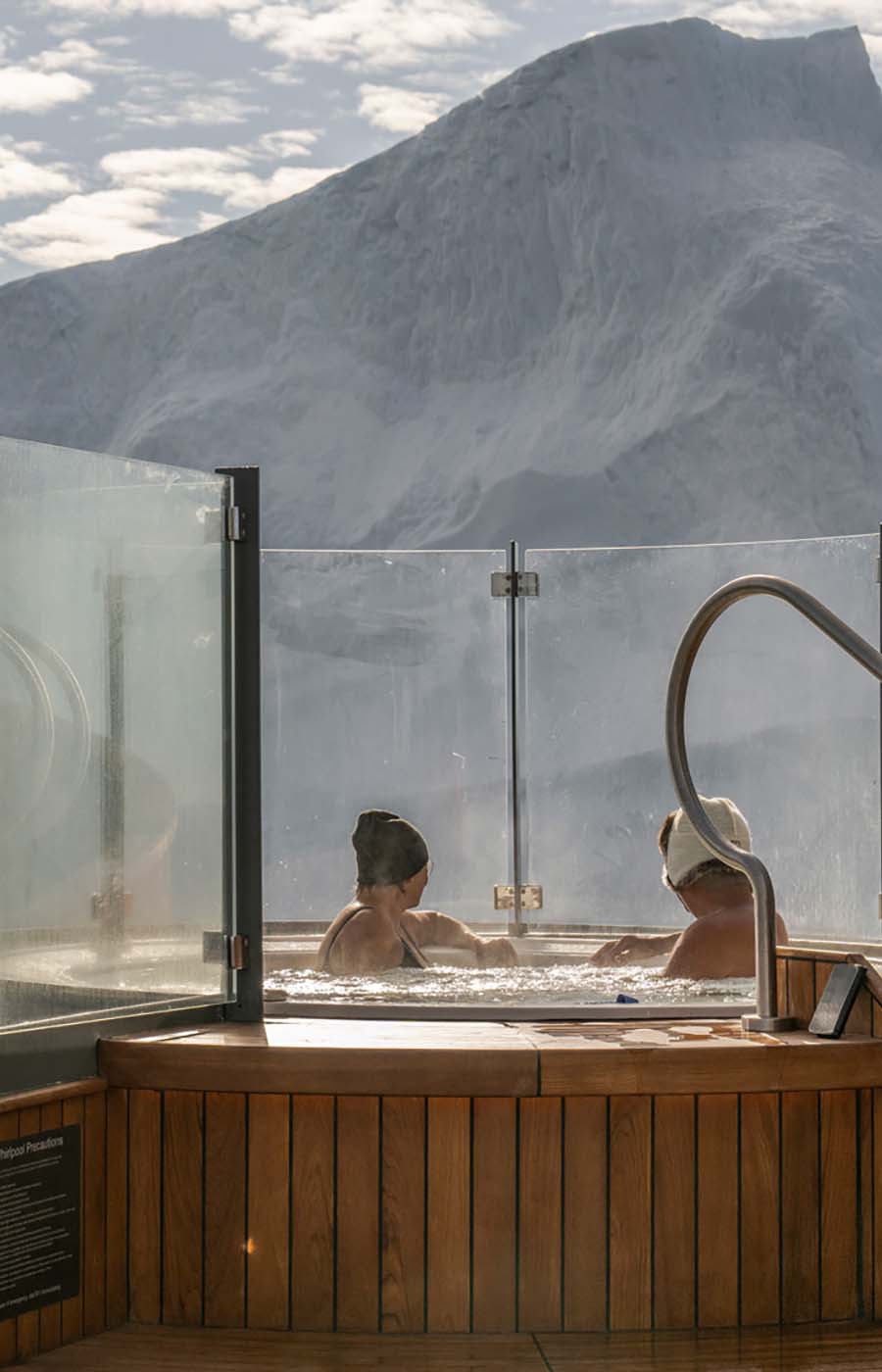Explore the islands where history was made
When you think of the world’s most extraordinary wildlife, there’s no doubt the Galápagos Islands come to mind. This unique paradise, home to remarkable vegetation and animals living in harmony, is a true natural wonder that must be seen to be believed.
This magnificent destination is described by many as a once-in-a-lifetime experience because it’s the only place in the world to see thousands of rare and resilient species. If it’s not at the top of your travel wish list now, it just might be by the time you finish reading this.
This cluster of islands – 13 main islands, 6 smaller ones, and over 40 islets – sits around 600 miles (1,000 kilometers) off the coast of Ecuador. The remarkable, pristine landscapes and rich history make this slice of paradise unforgettable.
The islands' rare flora and fauna have enticed visitors since the archipelago's discovery. In 1535, the Bishop of Panama set course for Peru but made an accidental landing in the Galápagos. He was so taken aback by the magnificence that he named them Las Islas Encantadas — Spanish for “The Enchanted Islands.”
Despite centuries of visitors, it wasn’t until 1832 that Ecuador claimed the islands as their own. Just a few years later, in 1835, British naturalist Charles Darwin arrived. He was only 22 years old and had no idea that the five weeks he would spend there would make history. As he traveled from island to island, Darwin studied and chronicled his observations of each location. The adaptations to ecosystems and changes he noted in tortoises and finches are famously documented in what became known as Darwin’s Theory of Evolution.
What Darwin witnessed not only mesmerized him but changed how we look at nature. Across the land, air, and sea these islands are a sanctuary for the flora and fauna that still captivate visitors today.
Low-rainfall and low-humidity climate make the Galápagos Islands the perfect homeland for a variety of plants. Cacti dominate the lowlands, while higher elevations are lush with guava trees and flowers bursting with colors. Ferns and grasses cover the grounds in between. Darwin’s Daisy, named after Darwin of course, is only found here. Stunning orchids and other vibrant endemic flowers are found scattered among the islands.
The islands have been called a “living laboratory of evolution” and it’s as true today as it was centuries ago. The Giant Daisy Tree that stands tall came from just a small plant, and the Lava Cactus evolved to grow solely on barren fields of lava rock. These incredible plants learned to adapt to their surroundings to thrive.
The distinctive vegetation, wildlife, and landscapes work together in an amazing interplay. The Beach Morning Glory vines help protect and stabilize sand dunes. Palo Santo trees drop their leaves in the dry season to help save water in the soil. And the unique Prickly Pear Cactus is a vital food source for two of the island's most famous creatures: the giant tortoise and finches, both studied by Darwin.
Visiting the majestic tortoises is part of the day on shore in the Galápagos. These huge, breath-taking turtles lay their eggs in January and nest from February through April. They can be spotted swimming in the bright teal waters, but the most popular place to view them is at the Charles Darwin Research Station on Santa Cruz Island. There, visitors not only get to see them, but learn about them from biologists who specialize in conserving them. Astonishingly, these tortoises can live to be 100-200 years old.
Birdwatchers will delight in catching a glimpse of Darwin’s famous finches — there are 14 species of them. Darwin compared them to mainland birds and noticed how their beaks, bodies, and behavior evolved for survival on these islands. The Galápagos hawk, flightless cormorant, mockingbirds, and penguins are also among the species that inhabit the land and skies of the islands. And while it’s not the only place in the world to spot the iconic blue-footed booby, it certainly is exciting to see one.
On land, endemic animals such as the Galápagos sea lion are quite common. Visitors can even find sea lions sunning themselves in town just as often as they’re seen on the beaches. These whiskered friends might even join you for a swim. Spotting the fur seal, however, is much rarer—and for those lucky enough to encounter one, it’s a striking reminder of how truly special these islands are.
Three species of iguana can only be found in the Galápagos, with the marine iguana being the most famous. This remarkable creature is the only iguana in the world capable of thriving both on land and below water, showcasing another example of the island’s evolutionary wonders. It is believed that these iguanas drifted from South America and adapted to feed on algae. Remarkably, they can dive for up to ten minutes underwater to forage for food. Their bodies have also evolved specialized glands that process the salt from the seawater, allowing them to survive in such a unique environment.
Life under the sea here is a breathtaking kaleidoscope with over 550 species of colorful fish, plus sharks, eels, sea turtles, and other sea creatures. Over 13% of these fish are unique to the islands, varieties of batfish, herrings and groupers, the narrow-headed puffer, the milky sand stargazer, and more can only be found here. Kelp forests and coral reefs serve as homes and protection for these ecosystems under the waves.
And just as unique as the wildlife, each island has its featured splendor.
One of the four main islands, Isabela, is home to Sierra Negra: one of 13 active volcanoes of the archipelago. Tortuga Bay, one of the most gorgeous beaches of the islands is on Santa Cruz. Kicker Rock, a 500-foot-tall rock formation off San Cristobal, is a famous landmark well-known for viewing marine life.
There are so many stunning beaches, bays, and points to take in the plants and wildlife. Traveling here is truly a magical way to reconnect with nature. You'll be awestruck by how these elusive species flourish in these landscapes that feel untouched by time.
These islands, exquisitely curated by Mother Nature, are calling for you. And there’s never been a better time to let your wanderlust takeover; the Galápagos Islands are a featured, optional multi-day Seabourn Journey on Seabourn’s 2027 World Cruise.Start planning your voyage of discovery today.
Consider these upcoming voyages:
145-Day World Cruise: Australia & South Pacific Panorama
ROUNDTRIP: Miami, Florida, US
Jan 5, 2027
from $90,099*
Explore Itinerary*Per Person, USD. Taxes and Fees are included. Additional terms apply.
126-Day World Cruise: Australia & South Pacific Panorama
DEPARTS: Miami, Florida, US
ARRIVES: Long Beach, California, US
Jan 5, 2027
from $80,099*
Explore Itinerary*Per Person, USD. Taxes and Fees are included. Additional terms apply.
126-Day World Cruise: Australia & South Pacific Panorama
DEPARTS: Miami, Florida, US
ARRIVES: Long Beach, California, US
Jan 5, 2027
from $80,099*
Explore Itinerary*Per Person, USD. Taxes and Fees are included. Additional terms apply.
27-Day World Cruise: South Pacific Isles & New Zealand
DEPARTS: Papeete, French Polynesia
ARRIVES: Sydney, Australia
Feb 9, 2027
from $16,643*
Explore Itinerary*Per Person, USD. Taxes and Fees are included. Additional terms apply.
83-Day World Cruise: Australia In-depth & Panama Canal
DEPARTS: Sydney, Australia
ARRIVES: Miami, Florida, US
Mar 9, 2027
from $55,098*
Explore Itinerary*Per Person, USD. Taxes and Fees are included. Additional terms apply.
37-Day World Cruise: Australia Circumnavigation
DEPARTS: Sydney, Australia
ARRIVES: Brisbane, Australia
Mar 9, 2027
from $24,098*
Explore Itinerary*Per Person, USD. Taxes and Fees are included. Additional terms apply.
27-Day World Cruise: South Pacific Explorer & Hawaii
DEPARTS: Brisbane, Australia
ARRIVES: Long Beach, California, US
Apr 15, 2027
from $15,398*
Explore Itinerary*Per Person, USD. Taxes and Fees are included. Additional terms apply.
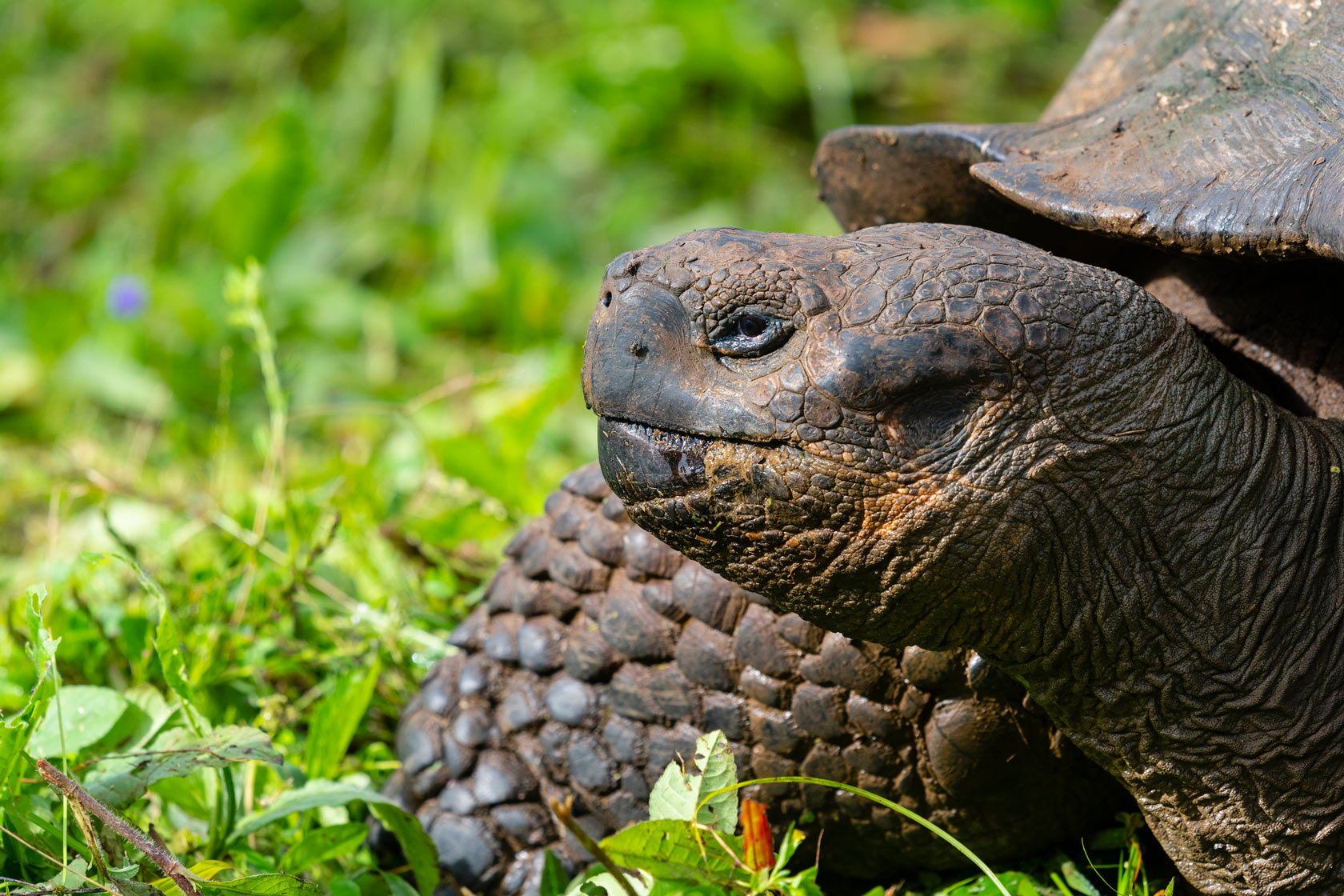
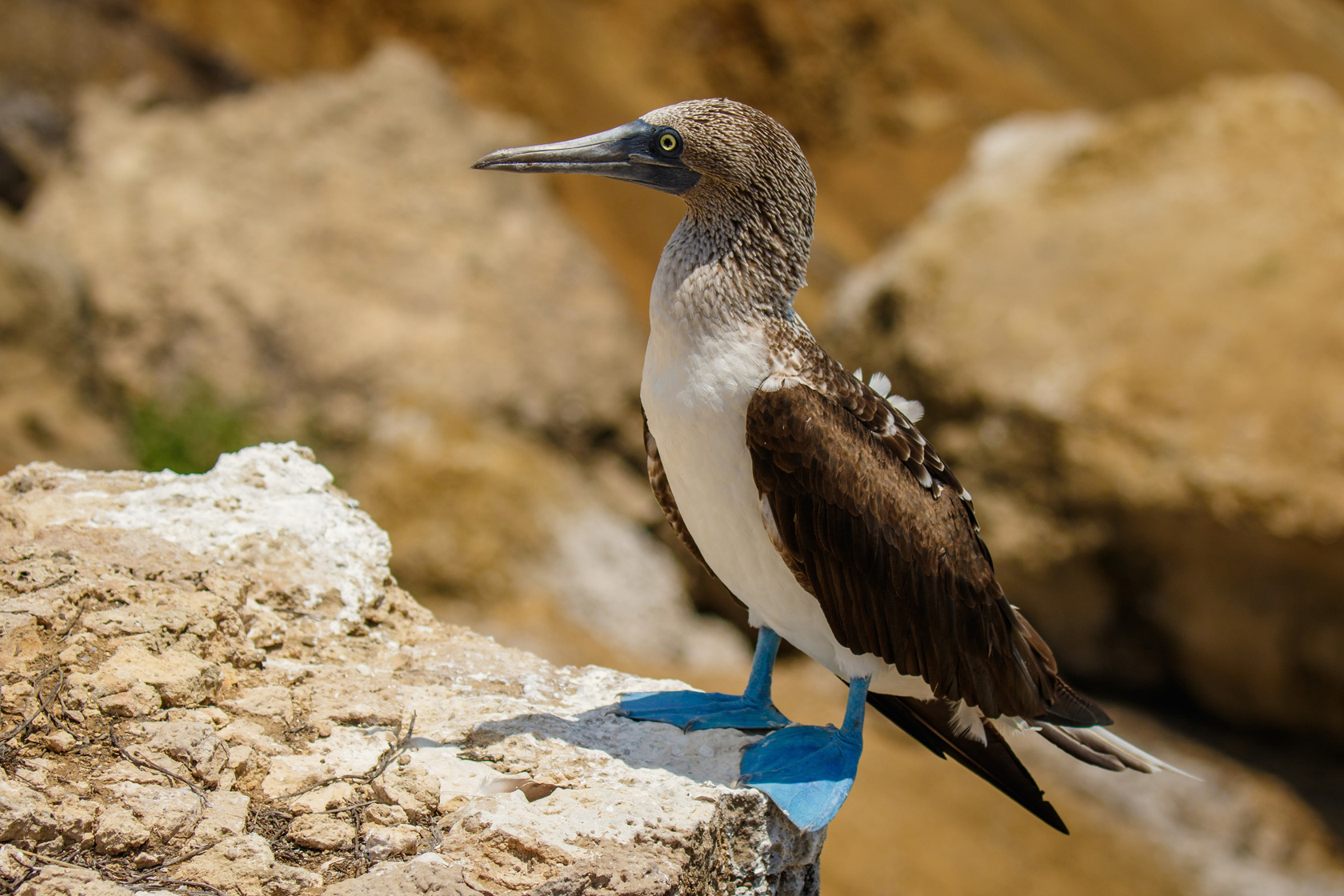
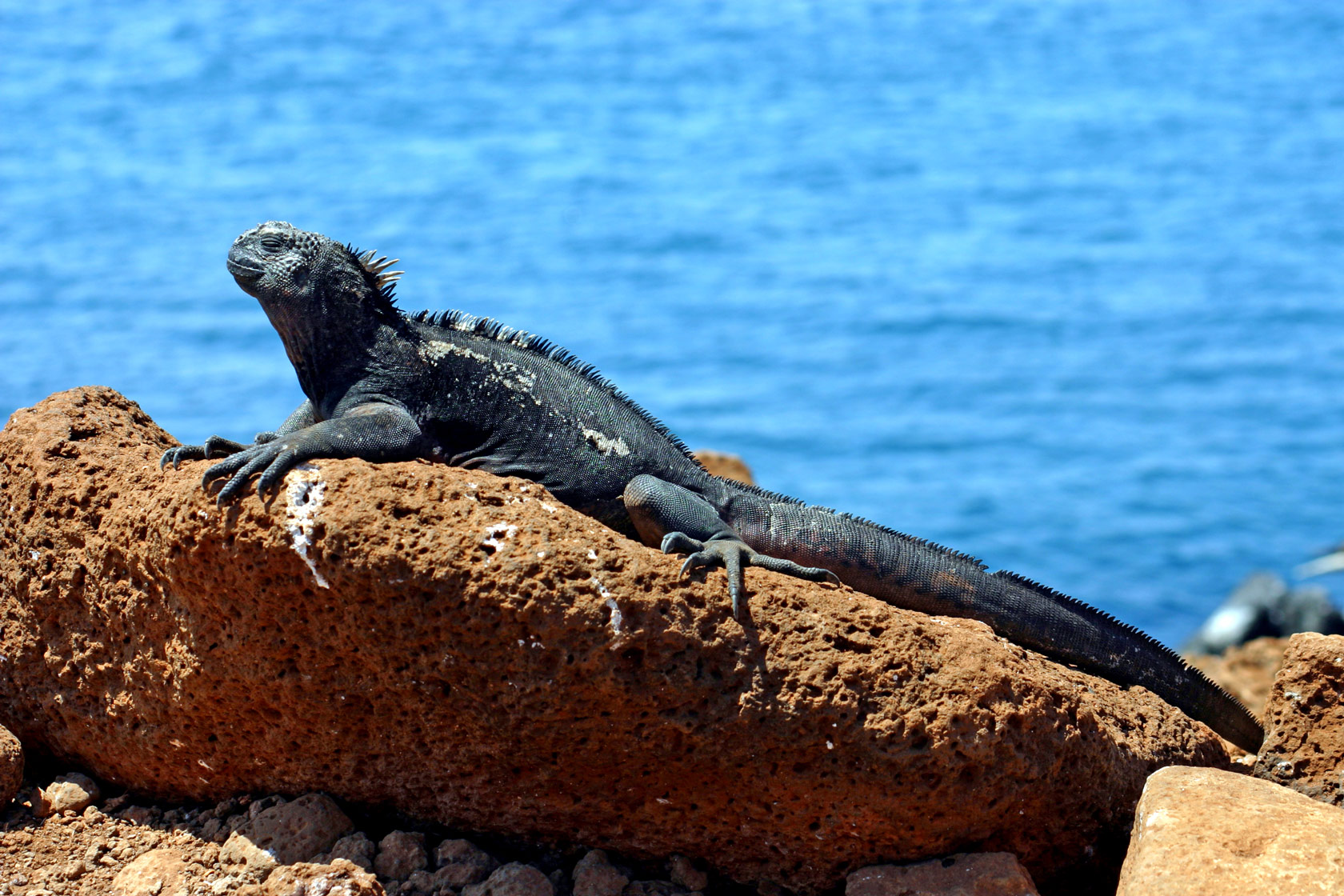
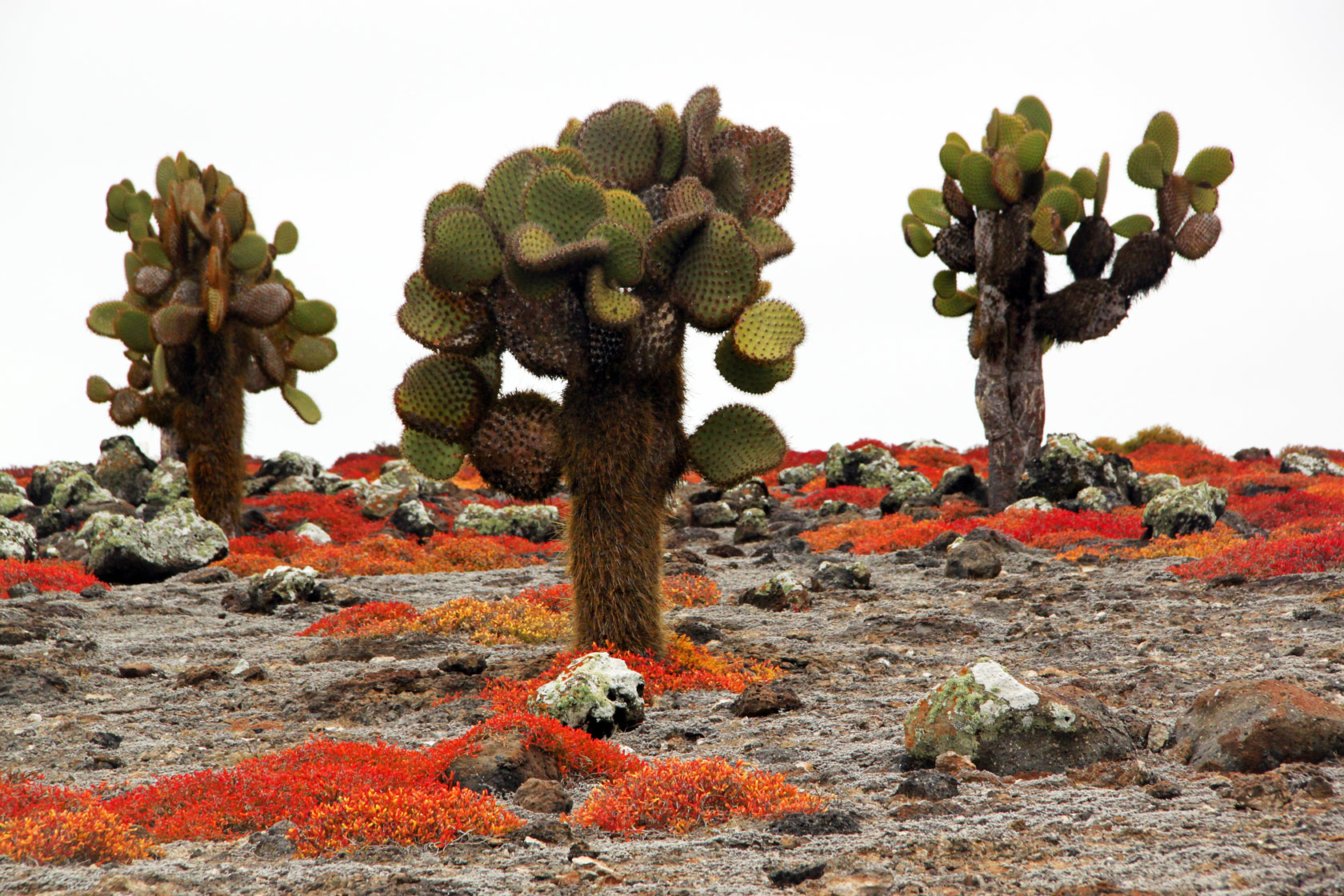
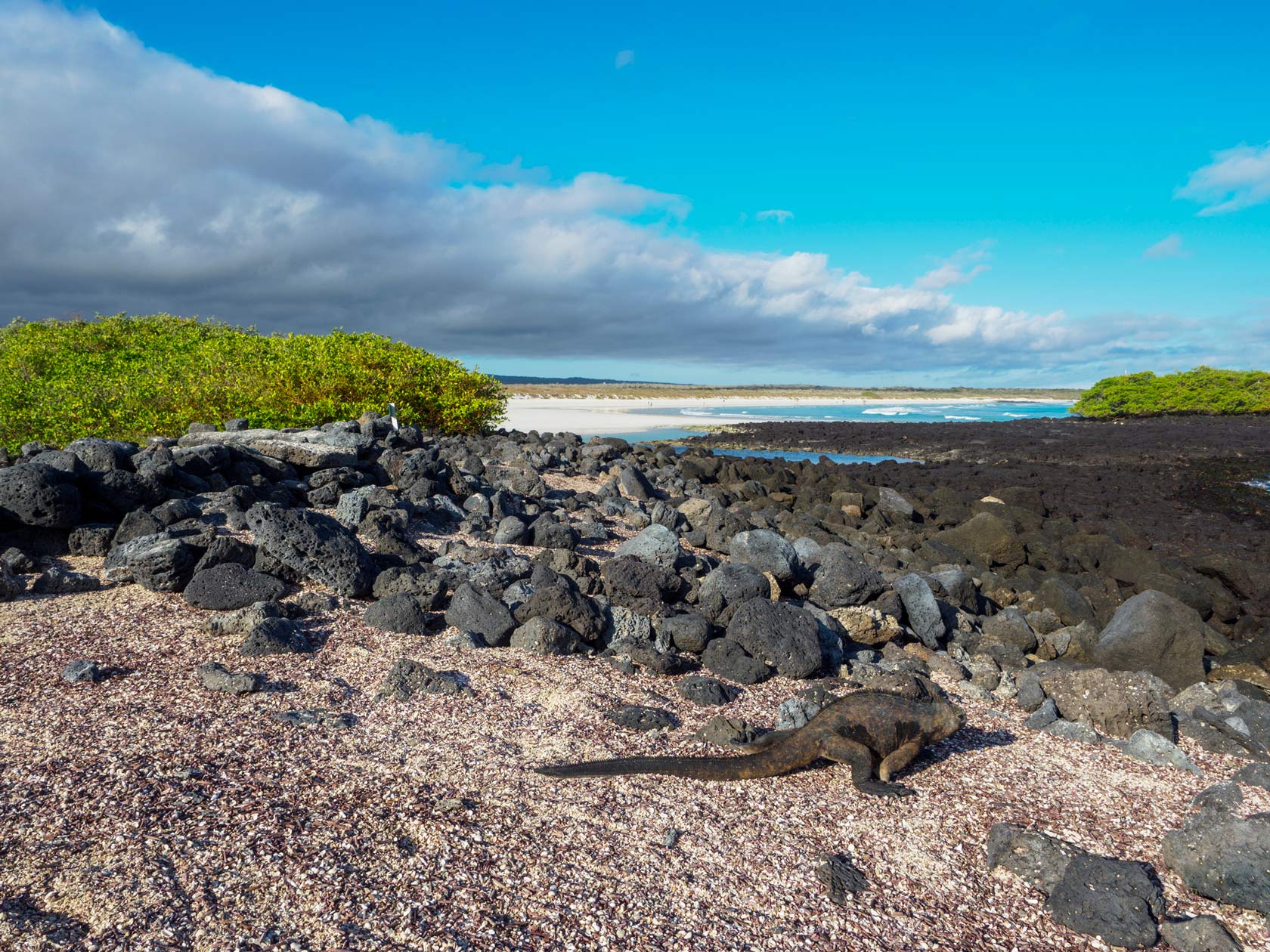
Consider these upcoming voyages:
145-Day World Cruise: Australia & South Pacific Panorama
ROUNDTRIP: Miami, Florida, US
Jan 5, 2027
from $90,099*
Explore Itinerary*Per Person, USD. Taxes and Fees are included. Additional terms apply.
126-Day World Cruise: Australia & South Pacific Panorama
DEPARTS: Miami, Florida, US
ARRIVES: Long Beach, California, US
Jan 5, 2027
from $80,099*
Explore Itinerary*Per Person, USD. Taxes and Fees are included. Additional terms apply.
126-Day World Cruise: Australia & South Pacific Panorama
DEPARTS: Miami, Florida, US
ARRIVES: Long Beach, California, US
Jan 5, 2027
from $80,099*
Explore Itinerary*Per Person, USD. Taxes and Fees are included. Additional terms apply.
27-Day World Cruise: South Pacific Isles & New Zealand
DEPARTS: Papeete, French Polynesia
ARRIVES: Sydney, Australia
Feb 9, 2027
from $16,643*
Explore Itinerary*Per Person, USD. Taxes and Fees are included. Additional terms apply.
83-Day World Cruise: Australia In-depth & Panama Canal
DEPARTS: Sydney, Australia
ARRIVES: Miami, Florida, US
Mar 9, 2027
from $55,098*
Explore Itinerary*Per Person, USD. Taxes and Fees are included. Additional terms apply.
37-Day World Cruise: Australia Circumnavigation
DEPARTS: Sydney, Australia
ARRIVES: Brisbane, Australia
Mar 9, 2027
from $24,098*
Explore Itinerary*Per Person, USD. Taxes and Fees are included. Additional terms apply.
27-Day World Cruise: South Pacific Explorer & Hawaii
DEPARTS: Brisbane, Australia
ARRIVES: Long Beach, California, US
Apr 15, 2027
from $15,398*
Explore Itinerary*Per Person, USD. Taxes and Fees are included. Additional terms apply.
Take your journey to the next level.
Explore the islands of your dreams in French Polynesia.
New Zealand’s Maori have a tradition of expression through movement.
Plus, Seabourn insiders share top tips for first-time cruisers.
